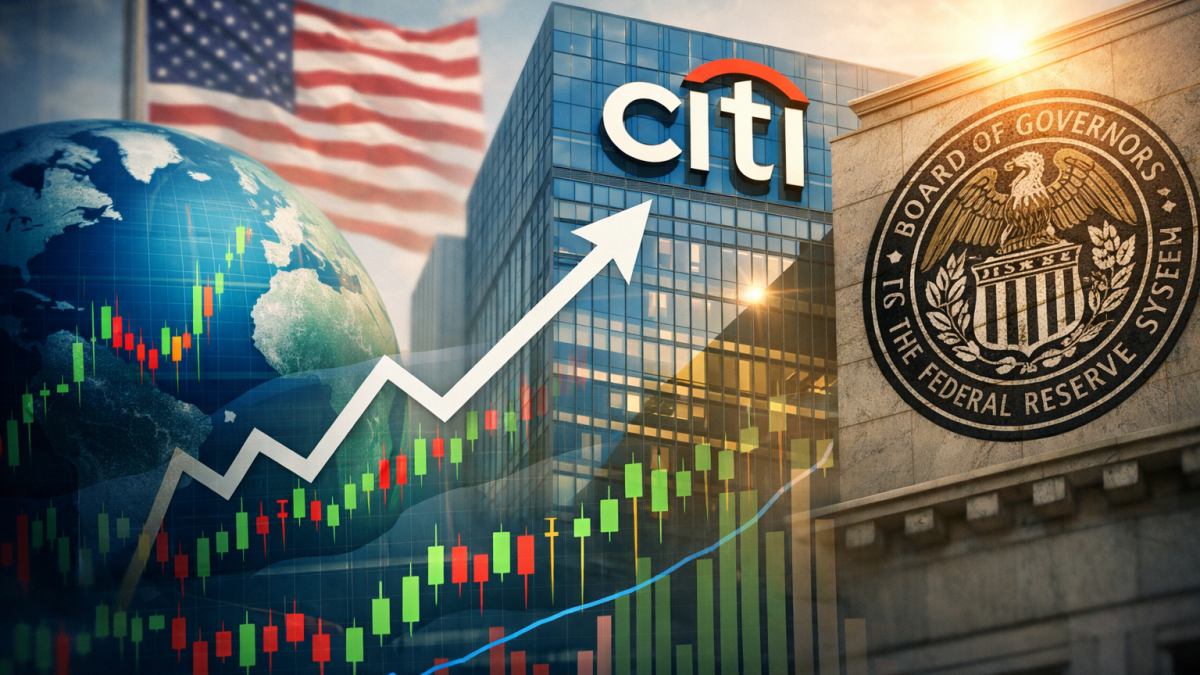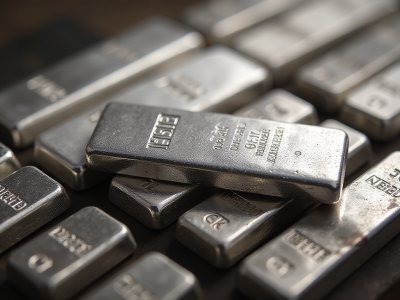
Asian markets traded mostly in red on Monday as investors remained on edge after the US struck Iran’s nuclear projects yesterday.
President Donald Trump announced that the US had carried out a “successful” bombing of three Iranian nuclear sites, declaring them “obliterated” after a large-scale operation involving warplanes, submarines, and bunker-buster bombs.
The Pentagon stated that it would take time to fully assess the impact, but initial reports suggest that all targeted facilities—Fordow, Natanz, and Isfahan—sustained extremely severe damage.
The strikes mark a significant escalation in the ongoing conflict, with Iran warning of possible retaliation and the region on high alert for further developments.
Asian markets: Nikkei 225 tumble, Hang Seng strong
The broader sentiment in the Asian markets shifted on Monday as most of the indices traded in red, while the investors in Hong Kong and China displayed some resilience.
Japan’s Nikkei 225 slipped 0.13% to close at 38,354.09 on Monday.
Chip stocks lagged behind, with Advantest and Tokyo Electron emerging as the biggest drags on the index, dropping 1.23% and 1.17% respectively.
In contrast, oil explorers stood out as top performers, with the Topix mining sub-index climbing 1.49% to lead all 33 industry sub-gauges.
Hong Kong shares closed higher on Monday, buoyed by the strongest southbound inflows via Stock Connect in three weeks, even as investors remained cautious about tighter liquidity ahead.
The benchmark Hang Seng Index finished up 158.65 points, or 0.67%, at 23,689.13.
KOSPI 100 index ends in red
The investors in South Korea also pulled their money after worsening geopolitical conditions with the benchmark index briefly slipping below the key 3,000-point mark on Monday.
However, a wave of retail buying helped the index rebound above 3,000 by midday, highlighting resilient investor appetite despite geopolitical uncertainty.
At the closing bell, Kospi 100 was 0.24% down at 3,014.47.
China CSI 300 Index traded around the 3,842–3,853 level, reflecting a relatively flat performance for the day before closing 0.29% up at 3,857.90.
Australia’s S&P/ASX 200 closed at 8,474 points on June 23, 2025, down 0.36% from the previous session, reflecting a modest decline amid global geopolitical tensions and economic uncertainties.
Nifty slips below 25,000 level
Indian equity markets ended lower on June 23, with the Nifty slipping below the 25,000 mark.
At the close, the Sensex dropped 511.38 points, or 0.62%, to 81,896.79, while the Nifty fell 140.50 points, or 0.56%, to 24,971.90.
The session reflected cautious sentiment amid escalating geopolitical tensions in the Middle East, which weighed on investor confidence.
Infosys was the biggest loser, dropping 2.35% as IT stocks faced selling pressure, followed by HCL Technologies and Larsen & Toubro, both down over 2%.
Hero MotoCorp also slipped 2.1% after regulatory updates and Mahindra & Mahindra lost 1.52%, reflecting broader caution across the market.
Trent led the gainers, rising 3.57% on robust buying interest, while Bharat Electronics jumped 3.22% after securing fresh orders, and Hindalco advanced nearly 2% on the positive momentum in metals.
The post Asian markets slip as Iran weighs US strikes; Sensex plunges 511 points appeared first on Invezz










